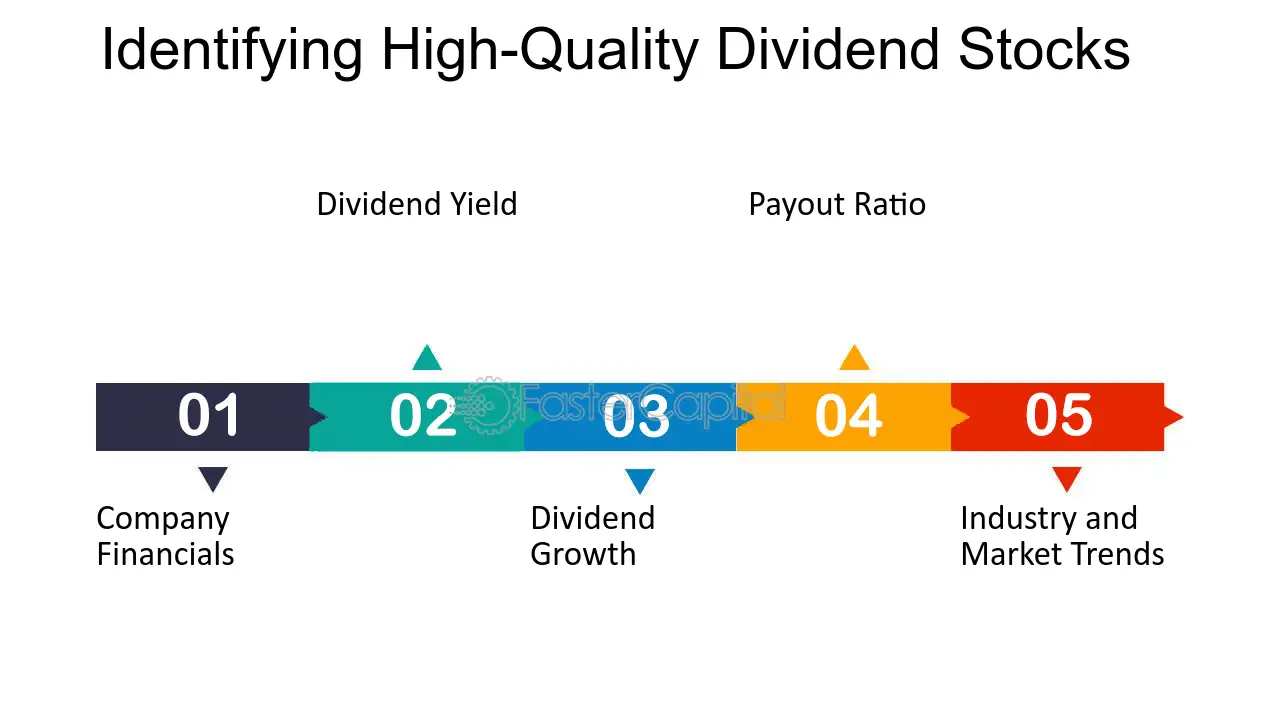
Are you making the most of your 401(k)? It’s a question worth asking, as maximizing your retirement savings can have a significant impact on your future financial security. Yet, many Americans fall short of their retirement goals, often due to a lack of understanding of their 401(k) plans and how to optimize their contributions.
This article aims to empower you with the knowledge and strategies needed to make the most of your 401(k) and ensure a comfortable retirement.
Introduction: 401(k) Contributions
Retirement may seem like a distant dream, but it’s never too early (or too late) to start planning for it. With life expectancies increasing and the cost of living rising, it’s crucial to ensure your golden years are financially secure. One of the most powerful tools to achieve this is a 401(k) plan.
A 401(k) is a retirement savings account offered by many employers in the United States. It provides a tax-advantaged way to save for retirement, offering numerous benefits that can help your savings grow over time. The purpose of this article is to serve as a comprehensive guide, providing tips and strategies to help you maximize your 401(k) contributions and, ultimately, your retirement nest egg.
Understanding Your 401(k) Plan
1. How 401(k) Plans Work
A 401(k) plan allows you to contribute a portion of your salary to a retirement account. These contributions are often made pre-tax, lowering your taxable income and, as a result, your tax burden. The money in your 401(k) account is then invested in various investment options, typically a mix of stocks, bonds, and mutual funds, with the potential to grow over time.
2. Types of 401(k) Plans
There are several types of 401(k) plans, each with its unique features:
- Traditional 401(k): This is the most common type, where contributions are made pre-tax, lowering your taxable income. You pay taxes on the contributions and earnings only when you withdraw the money during retirement.
- Roth 401(k): With a Roth 401(k), contributions are made after tax, so there’s no immediate tax benefit. However, the money grows tax-free, and qualified distributions in retirement are tax-free as well.
- Safe Harbor 401(k): This type of plan is designed to encourage employee participation and ensure the plan meets non-discrimination testing requirements. Employers making safe harbor contributions must do so in one of three ways: basic, enhanced, or QACA (Qualified Automatic Contribution Arrangement).
3. Benefits of Contributing to a 401(k) Plan
Contributing to a 401(k) plan offers several advantages:
- Tax benefits: As mentioned, pre-tax contributions lower your taxable income, resulting in potential tax savings.
- Employer matching: Many employers offer matching contributions up to a certain percentage of your salary. This is essentially free money that can boost your retirement savings significantly.
- Compound interest: The power of compound interest means your money grows over time, and the earlier you start contributing, the more time your investments have to grow.
- Automatic savings: 401(k) contributions are typically deducted directly from your paycheck, making it a seamless way to save for retirement without having to remember to transfer funds manually.
Maximizing Your Contributions
To make the most of your 401(k), it’s important to contribute enough to take full advantage of any employer matching offered. This is essentially free money that can add up to thousands of dollars over time. For example, if your employer matches 50% of your contributions up to 6% of your salary, contribute at least enough to get the full match (in this case, 6% of your salary).
Calculating Your Contribution Rate
Determining how much to contribute can be tricky. A good rule of thumb is to contribute enough to get the full employer match and then increase your contribution rate over time as your income allows. Online calculators can help you estimate how much you should contribute to reach your retirement goals.
| Salary | Contribution Rate for Full Employer Match | Monthly Contribution |
|---|---|---|
| $50,000 | 6% | $250 |
| $75,000 | 5% | $312.50 |
| $100,000 | 4% | $400 |
If you’re already contributing enough to get the full employer match, consider increasing your contribution rate by 1% every year or whenever you receive a raise. This gradual increase is often manageable and can have a significant impact on your retirement savings over time.
Investing Your Contributions
Once you’ve made contributions to your 401(k) account, it’s important to choose the right investment options to grow your savings. Most 401(k) plans offer a range of investment choices, typically a mix of stocks, bonds, and mutual funds.
Right Investment Options
When selecting investments, consider your risk tolerance and retirement goals. Generally, younger investors can afford to take on more risk by investing a larger portion of their portfolio in stocks, as they have a longer time horizon to recover from any market downturns. As you get closer to retirement, you may want to shift your portfolio to more conservative investments to protect your savings.
Importance of Diversification
Diversification is a key concept in investing. By spreading your contributions across various investment options, you reduce the risk of losing a large portion of your savings if one particular investment performs poorly. Diversification can be achieved by investing in a mix of stocks, bonds, and other assets, as well as across different industries and company sizes.
Managing Your Account
It’s important to regularly monitor your 401(k) account to ensure it’s on track to meet your retirement goals. Here are some tips for effectively managing your account:
1. Monitoring Your Account Balance and Investment Performance
Check your account balance and investment performance at least once a quarter. Most 401(k) providers offer online portals or apps that allow you to easily track your investments and view your account balance. This helps you stay informed about how your savings are growing and whether any adjustments are needed.
2. Rebalancing Your Portfolio
Over time, the performance of different investments can cause your portfolio to drift from your desired asset allocation. For example, if stocks have had a strong year, they may now make up a larger portion of your portfolio than intended. Rebalancing involves buying or selling certain investments to return your portfolio to its target allocation. This is typically done annually or when your asset allocation drifts by a certain percentage (e.g., 5%).
3. Keeping Track of Account Fees
Fees can eat into your retirement savings over time, so it’s important to be aware of any fees associated with your 401(k) account. These may include administrative fees, investment fees, and management fees. While some fees are unavoidable, understanding the fees you’re paying can help you make more informed decisions and ensure your savings are working as hard as possible for you.
Catch-Up Contributions
If you’re age 50 or older, you’re eligible to make catch-up contributions to your 401(k) plan. This allows you to contribute additional funds above the standard contribution limit, helping you boost your retirement savings in the years leading up to retirement.
Who Is Eligible?
Anyone aged 50 or over by the end of the calendar year can make catch-up contributions. This is particularly beneficial for those who may have started saving for retirement later in life or who want to supercharge their savings in the final stretch before retirement.
How Catch-Up Contributions Help
Catch-up contributions allow you to save more for retirement and, potentially, take advantage of additional tax benefits. For 2023, the catch-up contribution limit for employees who are 50 or older by the end of the year is $7,500 for 401(k) plans. This is an extra $1,000 increase from the $6,500 catch-up contribution limit in 2022.
Loans and Withdrawals
While the primary purpose of your 401(k) is to save for retirement, life sometimes throws curveballs that may require accessing your funds early. Here’s what you need to know about taking a loan or withdrawal from your 401(k) plan:
Rules Surrounding Loans and Withdrawals
You can generally take a loan from your 401(k) plan while still employed by the company, but withdrawals are typically only allowed under certain circumstances, such as reaching retirement age or experiencing financial hardship. There may be tax implications and penalties for early withdrawals, so it’s important to understand the rules before taking money out of your 401(k).
Pros and Cons of Taking a Loan or Withdrawal
Taking a loan from your 401(k) can be a way to access funds at a low interest rate, and since you’re borrowing your own money, the interest typically goes back into your 401(k) account. However, it’s important to weigh the risks: if you leave your job, you may have to repay the loan immediately, and any unpaid loans may be considered withdrawals and subject to taxes and penalties.
Withdrawals should generally be a last resort, as they permanently reduce your retirement savings and may come with tax consequences. However, in certain situations, such as a true financial emergency, a withdrawal may be necessary.
Conclusion
Making the most of your 401(k) contributions is a key part of planning for a comfortable retirement. By understanding how 401(k) plans work, maximizing your contributions, investing wisely, and effectively managing your account, you can set yourself up for financial security in your golden years.
Remember, it’s never too early (or too late) to start, and even small increases in your contribution rate can add up to significant savings over time. With the power of compound interest and employer matching, your retirement savings can grow faster than you might think. Finally, while it’s important to prioritize your future, don’t forget to balance saving for retirement with your other financial goals and enjoy the present, too.














